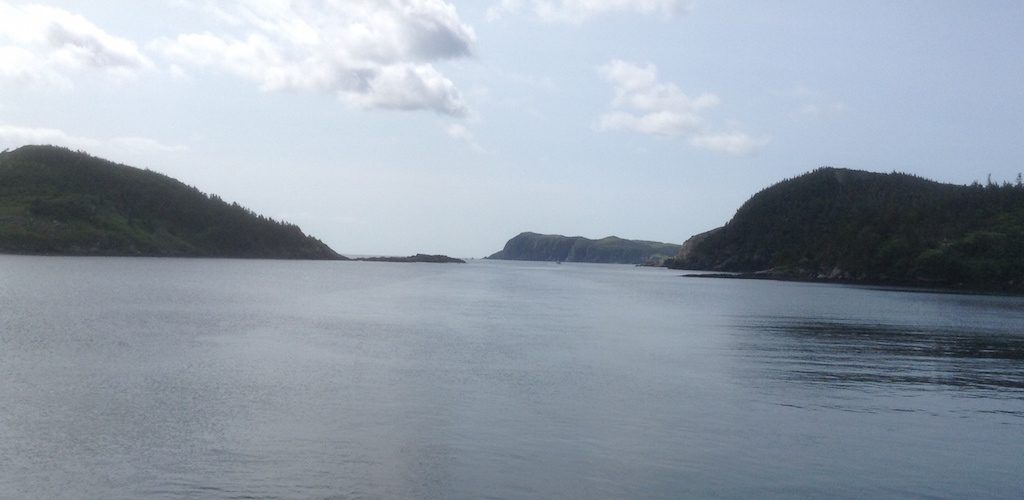
Debate heats up over Grieg Seafood project
October 6, 2016
By Matt Jones
 Advocacy groups decry decision to release project from later phases of environmental assessment
Advocacy groups decry decision to release project from later phases of environmental assessment
Grieg Seafood’s proposed aquaculture project in Placentia Bay in Newfoundland, Canada continues to court controversy from advocacy groups. The province announced in July that the Norwegian producer’s project had been conditionally released from environmental assessments due to upcoming similar assessments as part of the site licensing process. Groups such as the Atlantic Salmon Federation (ASF) fear this limits their ability to influence decisions during the process.
Dr Stephen Sutton of the ASF says the opportunities for the public to have a say in the licensing process is far more limited than it would be in a full environmental impact assessment. “I don’t think it’s very likely that we’ll be able to influence much at this point, based on the way licensing and public consultation over that have gone in the past,” said Sutton. “But we will try.”
The Ministry of Environment and Conservation decided to omit the later phases of the initial environmental assessment in consultation with the Department of Fisheries and Aquaculture, as well as the Department of Fisheries and Oceans and the Newfoundland government, says the Minister for Fisheries and Aquaculture Steve Crocker.
“The environmental assessment is just one step of a much larger process. When a company starts to apply for their actual site locations we go out again and have an opportunity for municipalities, other levels of government, communities and others, such as fish harvesters, to weigh in on site selection and whether or not a site should be chosen or not chosen,” says Crocker.
He says that the other aquaculture projects in the province were not subject to an environmental assessment process because they had cage sites before building a hatchery. Grieg’s plan to build a hatchery and establish cage sites under a single project is what triggered the environmental assessment process.
ASF is concerned about the project’s potential impacts on wild salmon populations in the area, which Sutton says are being the assessed by the Committee on the Status of Endangered Wildlife in Canada to be listed as a threatened species. Compounding those fears are Grieg’s plans to use a European species of salmon for the project. Grieg says that they will be using sterile triploid populations of fish, which should eliminate the issue. However, Sutton said the company’s own literature acknowledges that the process is not 100-percent effective.
“It can be anywhere from 96- to 99-percent effective, which means that most of the fish will be sterile,” says Sutton. “But even if it’s as much as 99-percent effective, with 7 million fish going into the water ever year, you’re still looking at around 70,000 fish in those cages that are a foreign strain of salmon that’s not sterile. If they escape they actually can interbreed with wild fish. It reduces the likelihood of interbreeding, but the consequences of that interbreeding, because they’re foreign strains of salmon, are much greater.”
DFO approved the importation of triploid European-origin salmon eggs after a thorough review, says a department spokesperson. “In this case, a committee of DFO and external scientists and experts reviewed available data on sterile fish to determine the risks to wild salmon of importing triploid European-origin salmon eggs into Canada. The committee concluded that there is a low risk that the introduction of triploid eggs will impact wild Atlantic salmon stocks in Newfoundland,” said the spokesperson. A report on the DFO review process on the importation the salmon eggs is available on the Canadian Science Advisory Secretariat website.
— Matt Jones





